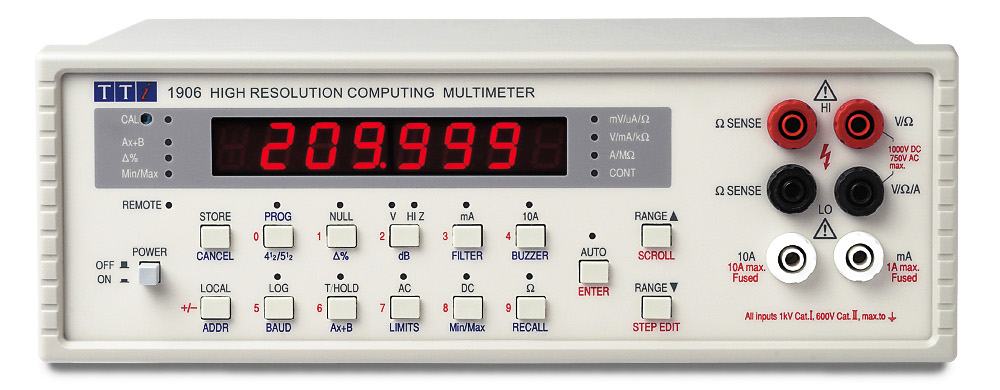Created by TTI Success Insights, 12 Driving Forces helps to uncover and explain a person’s motivating factors. Motivators/ drivers can be thought of as the areas of life that a person is passionate about or things perceived by an individual as important. A person's drivers provide their purpose and direction in life. At TTI, we invest heavily in developing current and future leaders. Filling the growing TTI management needs is the Leadership Development Program through aggressive university recruitment, training,.
“TTI has been a proven partner for over a decade. Each and every project seems to be different from the last. They are able to handle the unexpected changes and unknown challenges that often occur in our industry. Our customers benefit from their logistical experience.”
- Vice President/General Manager, Visual Communications CompanyDrivers

Professional and Reliable Drivers That Safely Transport Freight
TTI drivers are trained and certified for all transport freight requirements, with expertise in a range of specialized transport services:
Owner-Operated Transport Freight Company
With a reputation for reliability, responsiveness and professionalism, drivers want to work at TTI. As such, all drivers wishing to represent TTI must meet and maintain high standards which include:- Background checks
- Random drug screenings
- Physicals
- Certified driver status
- Additional driver training and testing in trade show and high value product delivery
TTI drivers average 10+ years’ service with us and are proud of their reputation for customer service and timeliness. They arrive uniformed and professional in appearance at your site.

Trust Our Reliable, Highly-Rated Drivers to Transport Your Freight
TTI drivers are considered some of the most reliable and highly rated drivers in the country. Licensed and insured, many TTI drivers have decades of experience and zero damage claims in over one million miles driven.Customers can rest assured that their items will arrive on time and be transported safely, unloaded and installed with professionalism and care. Unloading and unpacking is undertaken with precision, all debris are removed to leave a clean and orderly environment on departure.
Transport Freight with Confidence
We always price competitive, but more importantly, we deliver peace of mind. Learn more about TTI and why we’re ‘the uncommon carrier’.Inquire about becoming a TTI driver.
An analysis of older drivers in Texas leaves little doubt that, as we age, the greater our odds of being seriously injured or dying in a traffic crash.
Research conducted by the Texas A&M Transportation Institute's (TTI's) Center for Transportation Safety has found a dramatic rise in fatalities among drivers 80 years of age and older. That age group is 1.2 times more likely to die than their slightly younger counterparts, drivers who are 75 to 79 years of age.
“My parents are in their 80s, and my father still drives,” says Myunghoon Ko, a TTI associate research engineer in the Institute’s Crash Analytics Program. “What I’ve learned in this research is that it certainly can be dangerous to be that age and be on the road. I want my parents to enjoy their lives, and to be able to have that independence of getting in their car and going wherever they want to go, in a safe way.”
In a Texas Department of Transportation (TxDOT)-funded project — Traffic Safety Improvement of Senior Drivers in Texas — Ko and his research team conducted a literature review that found that both older and younger drivers had the highest crash rates among all driver age groups. They also found that senior drivers were often unaware of their functional limitations caused by medical and physical conditions that can slow reaction time and reduce mobility.
Drivers Stick
Some of the most helpful findings came from an exploratory, systematic analysis of crash data, which identified potential crash risk factors, and helped pinpoint situations where seniors were more likely to be in a crash. Analyzing the TxDOT Crash Records Information System (CRIS) data, researchers found that:
Drivers Sticker Renewal
• Most senior crashes (75 percent) happen during daylight hours, compared to just 49 percent for non-senior drivers.
• Senior crashes were four times more likely to occur in urban areas than rural areas.
• Failure to yield was a much more common occurrence with senior drivers.
• Intersections were the most common roadway location for senior driver crashes.
“One of the more interesting findings from the analysis was that failures to yield right-of-way when turning left at intersections were a significant factor in senior crashes,” says TTI Assistant Research Scientist Amber Trueblood. “But you can imagine why that would happen as intersections have an increased probability for conflict, as they bring traffic going every direction together and are crowded requiring adequate reaction times — all could be elements that contribute to crashes at intersections.”
In the next part of the project, Ko and Trueblood were hoping to provide in-person educational activities with senior drivers. However, because of the COVID-19 pandemic, the team will instead be assembling education kits that will be distributed to senior centers in those counties across the state where senior crash rates are the highest.
“The kits will contain specially designed materials like crossword puzzles with tips designed to help older drivers be safer by avoiding crashes,” Trueblood says. “The kits will mention CarFit, a program designed to help make sure seniors are ‘fitted’ to their vehicle’s technology, and safety equipment like mirrors and seat adjustments.” The CarFit website lists upcoming events in Texas, and phone numbers for more information. | Check Out CarFit Online
Drivers Stimulator
As part of the next phase of the project, Ko is turning to technology in hopes of creating a safety tool for drivers like his father. “I am hoping to develop a ‘safe routes’ program for seniors,” he says. “I envision a resource designed for seniors that avoids dangerous scenarios to keep them safe on Texas roadways for as long as possible.”
